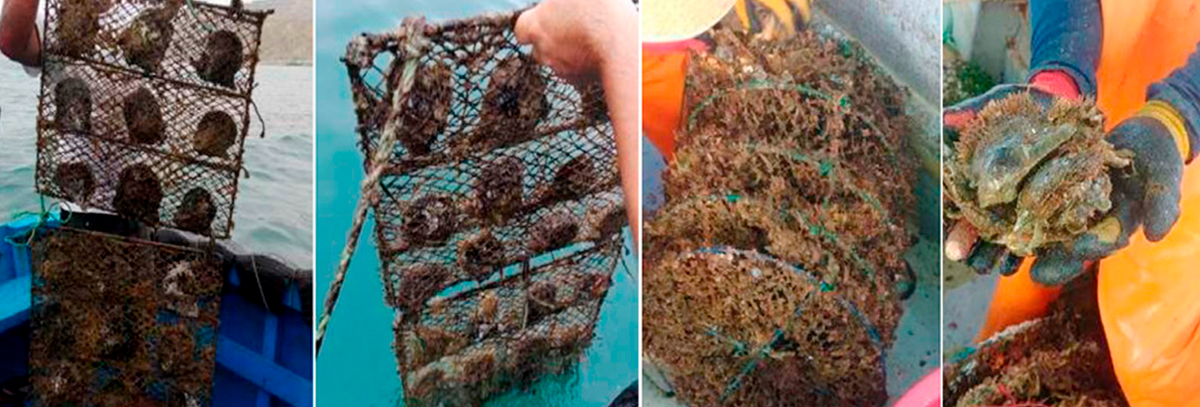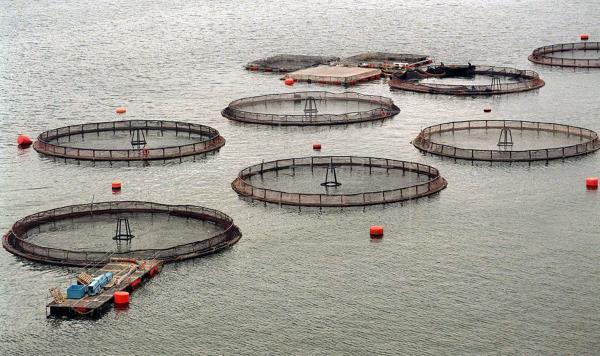The Aquaculture Story
Aquaculture or fish farming is the raising of fish and shellfish on special farms. Aquaculture can take place in the open ocean, in bays, in ponds, in greenhouses, and even in buildings.
The ancient Egyptians were raising fish over 4,000 years ago. The Chinese also have a long history of fish farming. They raised a fish called a common carp because it was good to eat.


Some researchers are experimenting with raising fish in giant cages many miles offshore. The cages are equipped with cameras and computers so that scientists on dry land can see what is happening. FLOUNDER and COD are being raised in cages.
In Japan, oysters are farmed to produce cultured PEARLS. A tiny bead is placed in the oyster. The bead bothers the oyster so it produces a smooth shiny substance called NACRE over the bead. The layers of nacre that grow over the bead form the pearl.

What are the main types of aquaculture?
Aquaculture involves the art, science and business of breeding aquatic animals and plants in fresh or marine waters for human use.
Aquaculture comes from these two words: “Aqua” (water) and “Culture” (to grow).
When we think of aquaculture, we often think of fish farms. This is correct, although it may include other water animals such as clams and oysters. It also includes crops such as seaweed, often cultivated to feed water animals. There are 3 types of aquaculture according to the location they take place:
- Marine aquaculture This refers to culturing species that live in the ocean. Species include oysters, clams, mussels, shrimp, and salmon.



- Freshwater aquaculture This refers to culturing species that are native to rivers, lakes, and streams. Species include trout, catfish, tilapia, and bass.


- Mariculture Raising plants and animals that do well in marine (salt water) and brackish water environments. Examples are clams, oysters, tuna, mussels, turbot and shrimp.


Aquaculture activities can be classified according to their degree of intensity:
- Intensive — involving the high-density culture of organisms, with regular and nutritionally complete feeding in a very small space.

- Semi-intensive — involving lower densities, with naturally occurring feed, and some direct feeding.
- Extensive — involves a low density of organisms, often with naturally occurring feed.

WHY IS AQUACULTURE IMPORTANT?

- Health Benefit All over the world, the demand for seafood has increased because people have learned that seafoods is part of healthier diets. Aquaculture will add to wild seafood, and make it cheaper and accessible to all.
- Economic Benefits Fish farms in regions without significant water bodies will provide additional job opportunities. Aquaculture business provides tax and royalty revenue to local governments.
-
Environmental Benefits Capture overfishing has been a major environmental issue. Aquaculture helps to reduce the reliance and impact on wild stock. The use of unsustainable fishing methods such as bottom trawlers is also reduced.
POWERPOINT PRESENTATION:
WORKSHEETS TO PRACTICE:
Aquacultureproductionsystemworksheet
